Last Updated on 29 July 2025 by Greg Brookes
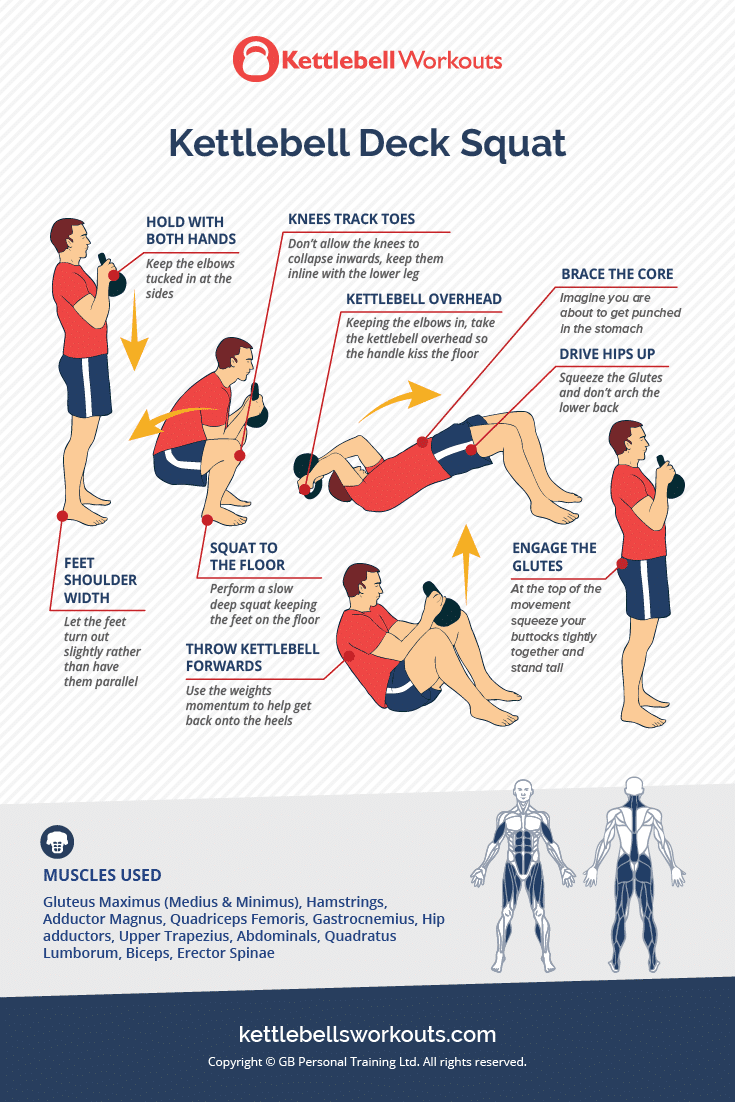
The kettlebell deck squat, also known as the rolling squat, is one of my favourite full-body kettlebell drills. It transitions you smoothly from standing to the floor and back again, challenging your mobility, coordination, and strength with every rep.
It’s an underrated movement that blends flexibility with power. Great as a standalone challenge or integrated into kettlebell circuits, the deck squat is as fun as it is functional. Once you’ve got the hang of it, you’ll feel the full-body benefits right away.
What Is the Kettlebell Deck Squat?
The kettlebell deck squat (also called rolling squat) is a dynamic floor-to-stand movement. You begin in a deep squat, roll back while maintaining foot contact, bridge your hips, then use momentum to return to standing.
Unlike traditional squats, this movement demands hip mobility, posterior chain activation, and core control. It’s also a great movement flow tool, linking strength and coordination in one powerful drill.
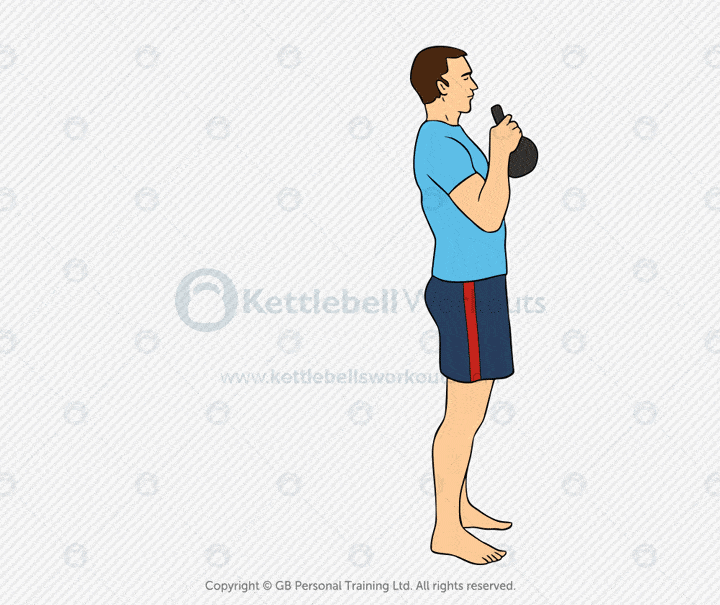
Why the Deck Squat Matters
- Joint mobility: Promotes full-body range of motion from ankles to shoulders
- Core and glute strength: Bridges and throws challenge posterior chain and stability
- Cardiovascular boost: Transitions between vertical and horizontal spike your heart rate
- Functional movement: Reinforces rolling, squatting, and standing patterns
- Fun and variety: Keeps workouts engaging while building skill
Muscles Worked
- Glutes and hamstrings
- Core and obliques
- Quadriceps
- Lats, triceps and shoulders (when holding bell)
- Calves and hip flexors
How to Perform the Kettlebell Deck Squat (Step-by-Step)
- Start standing with the kettlebell held at chest height with both hands
- Squat down deeply, heels flat and chest lifted
- Roll back slowly, keeping feet in contact with the floor
- Bring the kettlebell overhead and bridge your hips
- Throw the kettlebell forward to create momentum
- Use the momentum to return to the deep squat
- Stand up to finish the rep
Tip: Keep your feet wide if you struggle with squat depth. Maintain control throughout the roll and bridge.
Watch the Deck Squat in Action:
Progression Strategy
- Bodyweight deck squat – master without load first
- Kettlebell deck squat with light weight
- Deck squat to overhead press
- Pistol deck squat (one leg return)
- Jumping deck squat
Take your time progressing. Quality reps trump complexity.
Common Mistakes to Avoid
- Losing foot contact during the roll
- Arching excessively in the bridge
- Rushing the throw phase
- Using too heavy a kettlebell too soon
- Not warming up hips and core beforehand
Warm-Up Drills
- Deep bodyweight squats x 10
- Glute bridge holds x 10 seconds x 3
- Seated roll backs x 8 reps
- Downward dog to cobra x 6 reps
- Windshield wipers x 10 per side
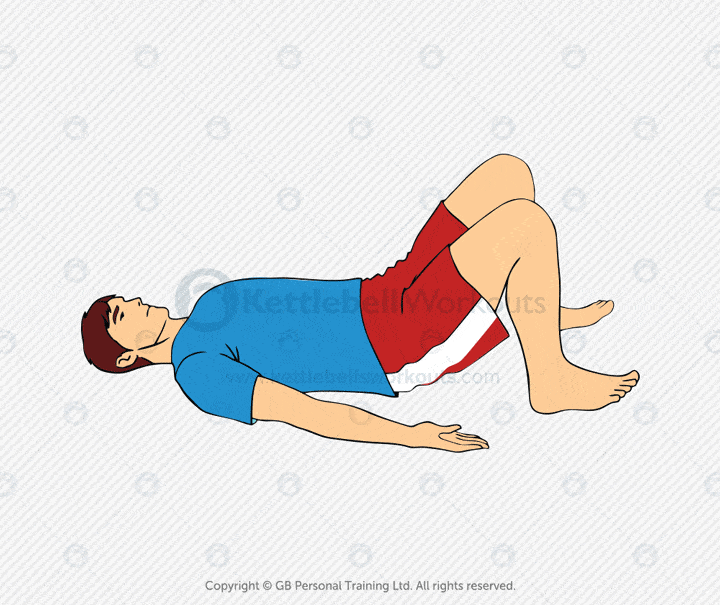
Programming Tips and Reps
- Reps: 5–10 reps per set (quality over quantity)
- Use as: Mobility primer, full-body movement break, or skill-based finisher
- Pair with:
When to Use This Exercise
- As a warm-up for hip and core mobility
- In full-body circuits to spike heart rate
- To develop rolling patterns and squat depth
- For movement-based flow training
Similar Movements to Explore
- Goblet Squat – For foundational squat strength and posture
- Turkish Get-Up – Builds stability, shoulder control, and coordination
- Rolling Sit-Up – Focuses on core control and rolling mechanics
- Kettlebell Swing – Explosive hip hinge and power output

Coach’s Insight: Greg’s Take
I’ve used the kettlebell deck squat with clients at all levels, from beginners needing more mobility and control, to athletes working on flow and conditioning.
What makes it unique is the seamless transition between planes of movement. You’re squatting, rolling, bridging, and standing, all in one fluid sequence. That kind of integration challenges your coordination and strength without heavy loading. Plus, it’s just a fun way to train full-body awareness.
Related Exercises You Can Try Next
- Goblet Squat
- Turkish Get-Up
- Kettlebell Bridge
Want More Smart Kettlebell Training?
Explore my full library of smart, progressive kettlebell workouts. Whether you’re training for fat loss, function, or fun, there’s a plan to suit your level and goal.
Improve your squat mobility and flow. Discover all kettlebell exercises to train efficiently.
Frequently Asked Questions
Improving mobility, full-body control, and cardiovascular conditioning. It’s great for dynamic strength.
Yes. Start with bodyweight, and use a wider stance to assist depth and control.
Glutes, quads, core, hamstrings, and shoulders, all in one movement.
Use a lighter bell, practice the rolling motion separately, and widen your feet.
Absolutely. It pairs well with swings, squats, and presses for a full-body circuit.

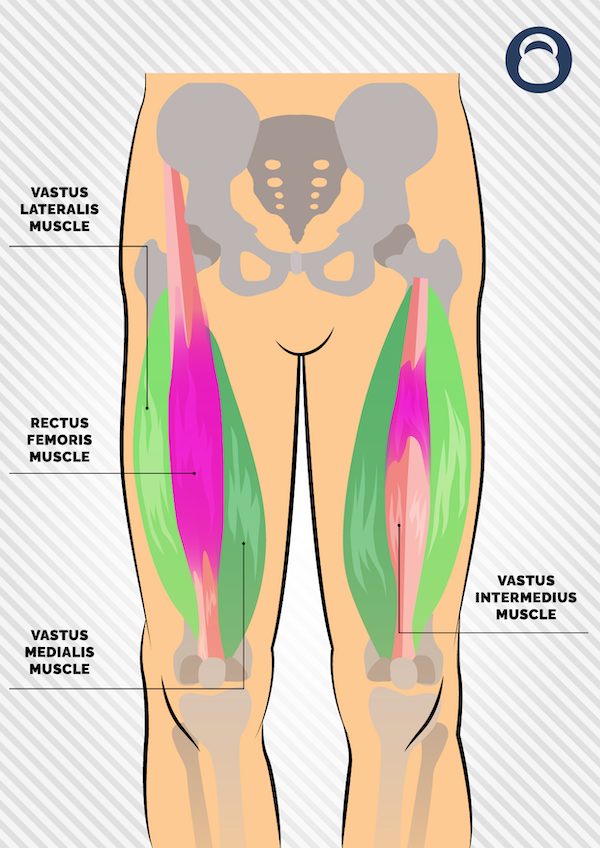

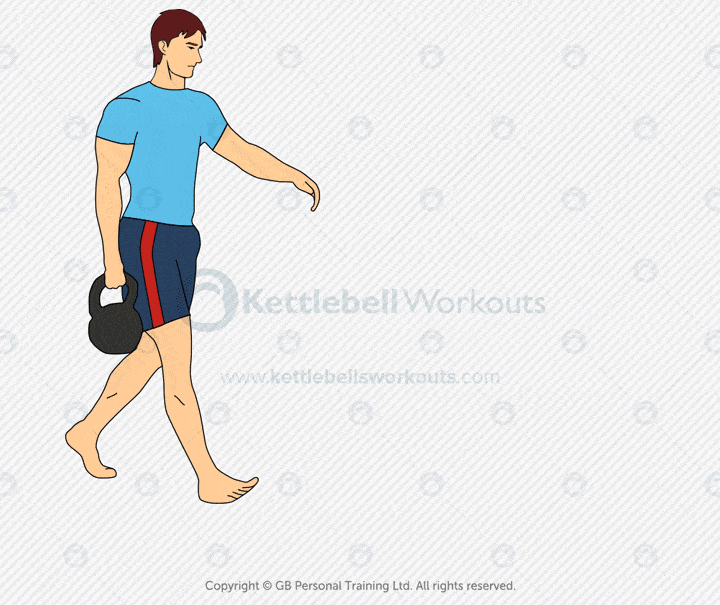
You make it look so easy Greg. It’s not!
Dear Mr Brookes,
Just tried the deck squat & it is a great exercise to get to know your own body! Once I managed a few I relaxed into them & I appreciate now that this is a great exercise!
It feels like one of those exercises that will get more difficult/beneficial the more you get used to all the different parts.
Thank you for another great guide to a kettle bell exercise. 👍